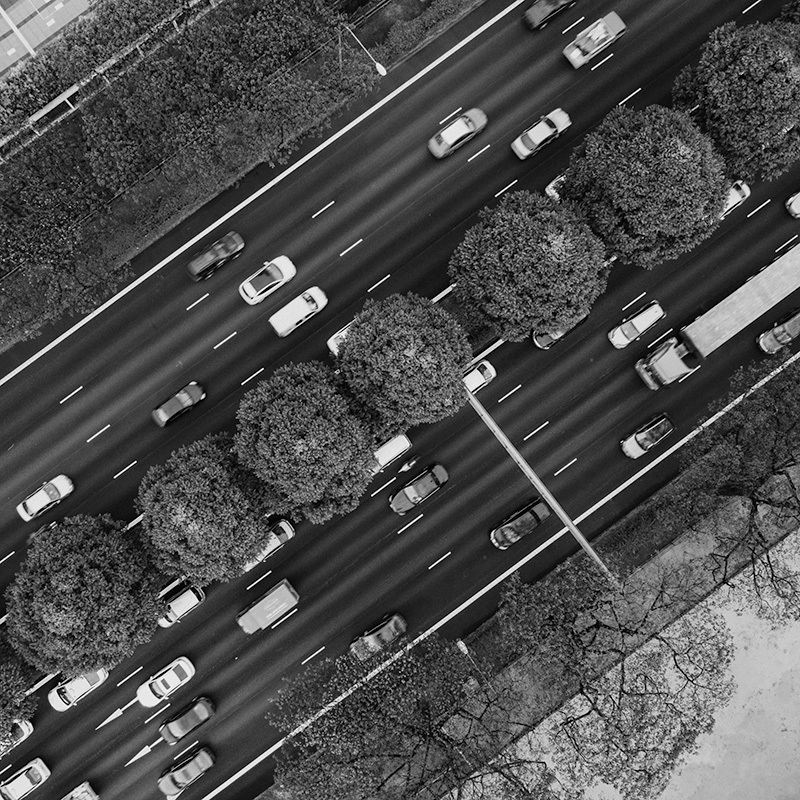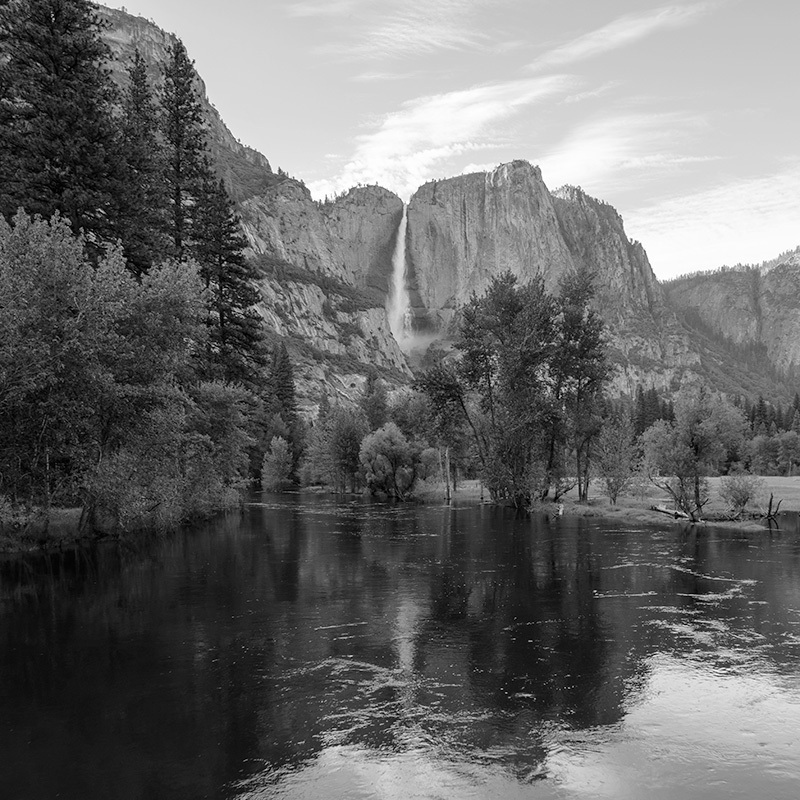Help stop global warming
LOCK UP CARBON WITH SANCTUARY® INSULATION BY GREENFIBER®
As you can see, the carbon impact of most types of insulation is severe. Other types of insulation require carbon-intensive processes and raw material sources such as refined oil, long-haul transportation and high levels of VOCs and carbon emissions. All of these factors contribute to global warming.
SANCTUARY by Greenfiber is the only major insulation product that is proven to actually reduce global warming potential because it’s made from living trees that lock in carbon for the life of the product. Couple this with low-energy manufacturing and short-haul transportation and it’s clear why cellulose insulation is the responsible choice for homeowners and the planet.
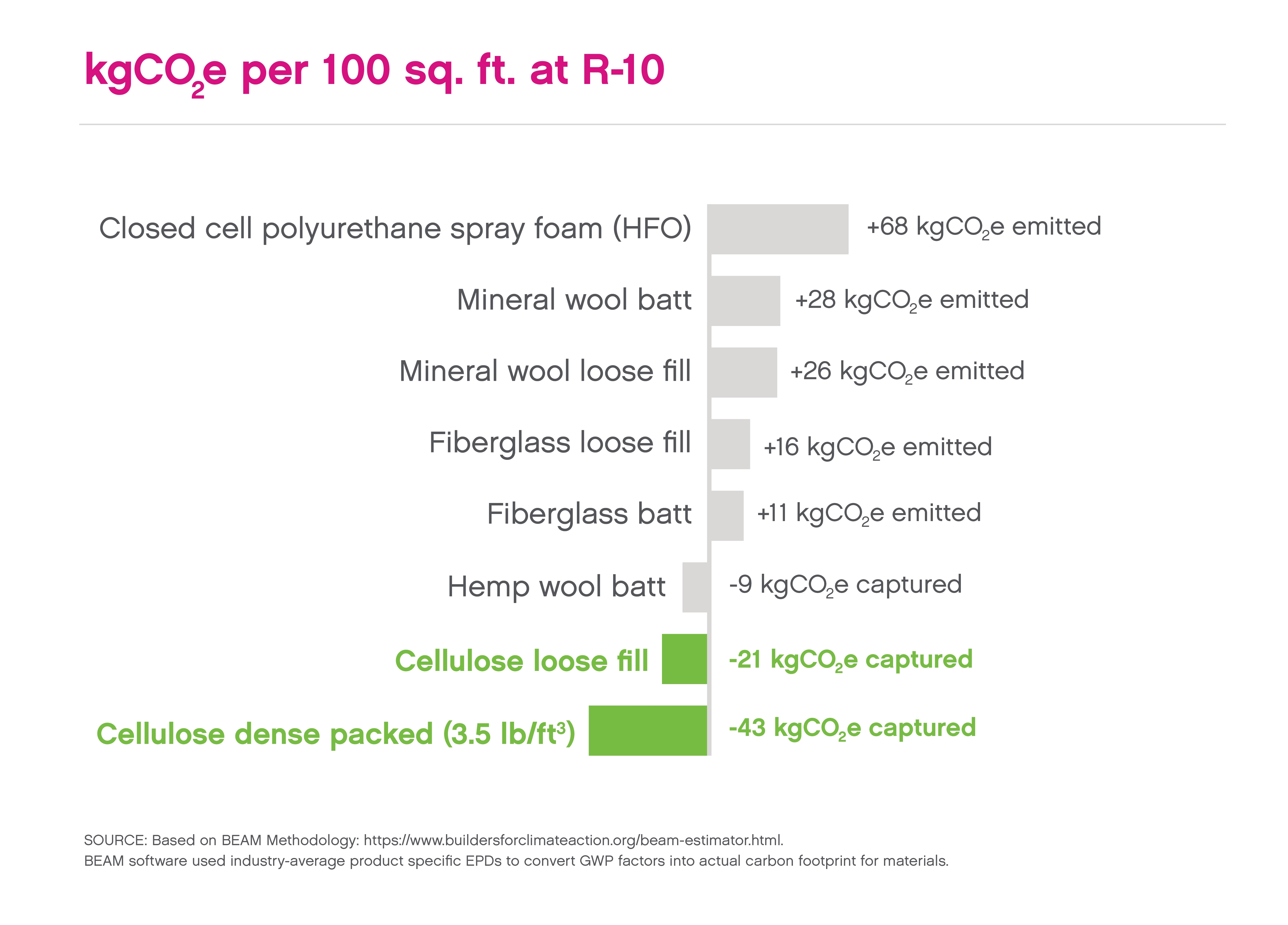
View our Environmental Product Declaration (EPD) here
-
The Carbon Emissions Journey
Reducing the emission of greenhouse gases begins in the forest, specifically with living trees that lock in carbon during photosynthesis. Because SANCTUARY by Greenfiber is made with recycled plant fibers, carbon stays locked into paper (and out of the air) for the life of the product.
Here’s more on the Greenfiber journey.
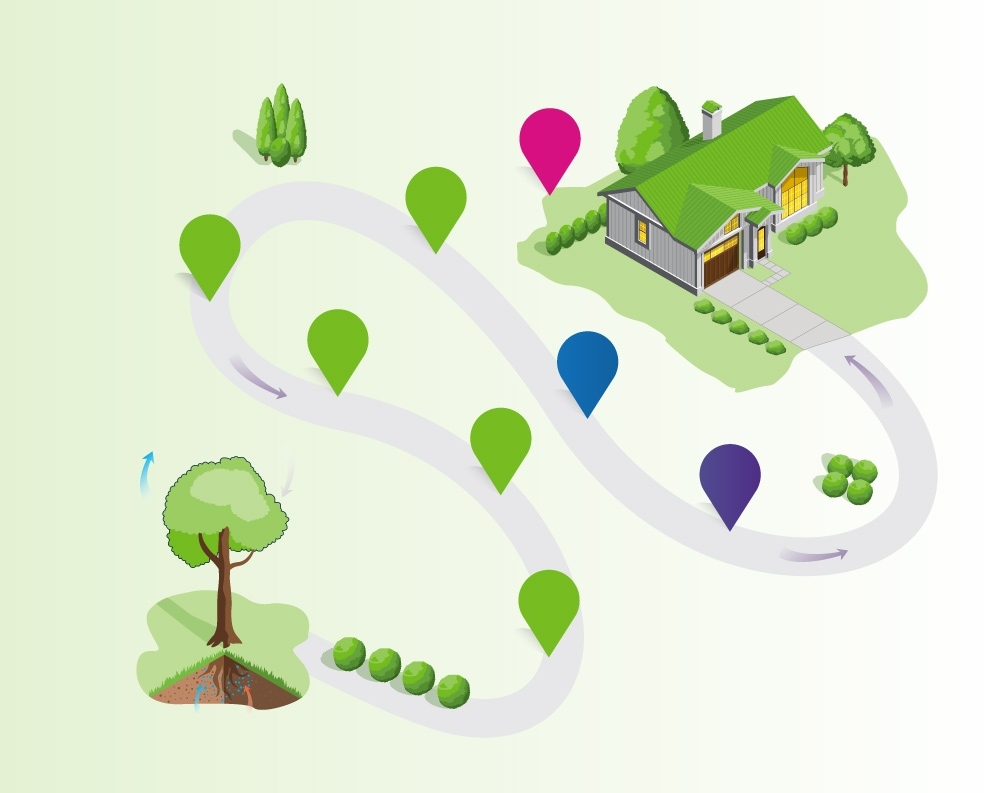
-
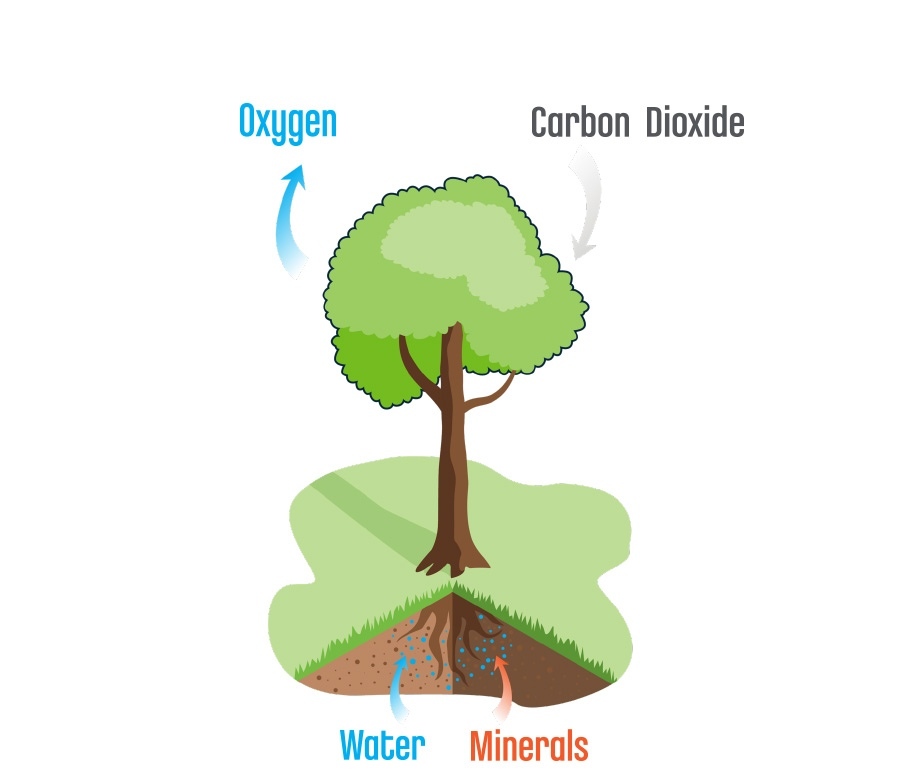
1.
During photosynthesis, living trees lock in carbon.
-
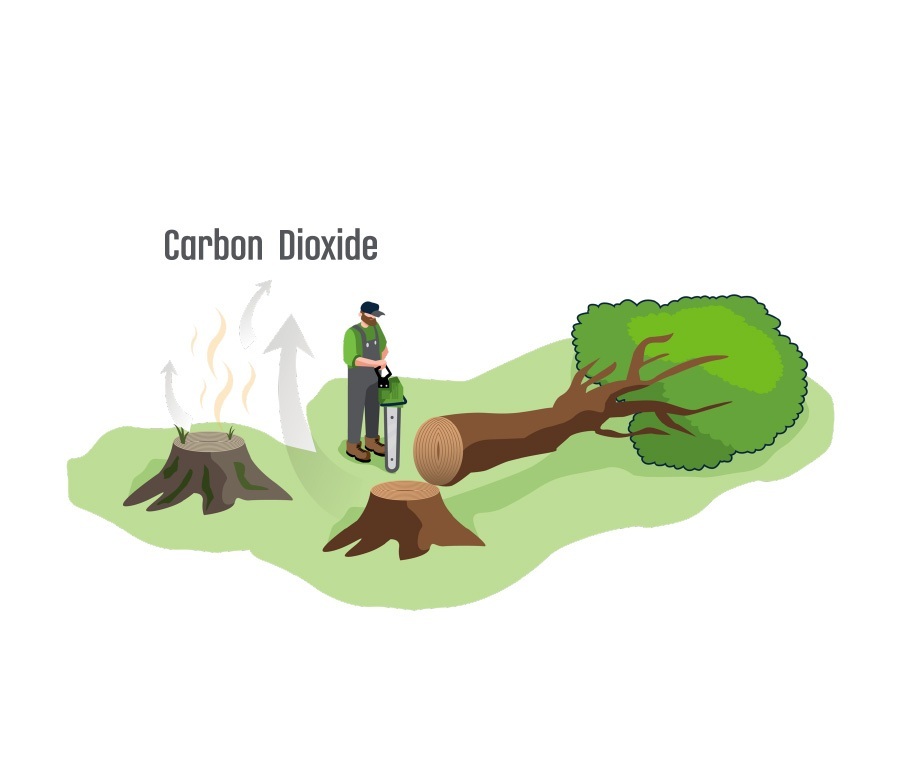
2.
Trees left to rot or burn release carbon dioxide.
-
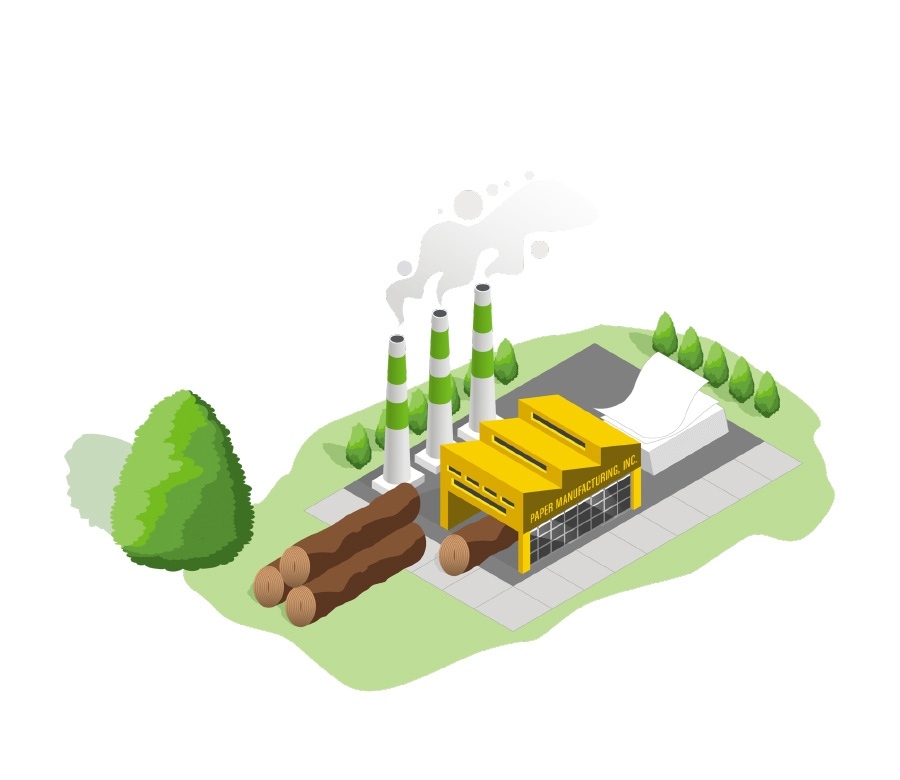
3.
Converting trees into paper locks in carbon.
-
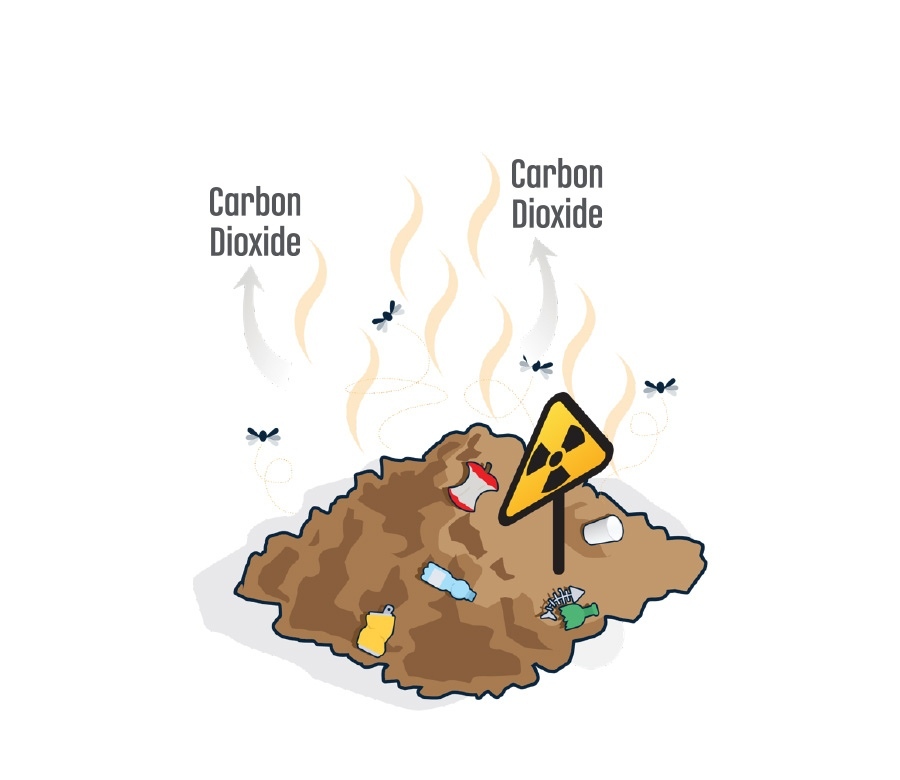
4.
Discarded paper releases carbon dioxide.
-
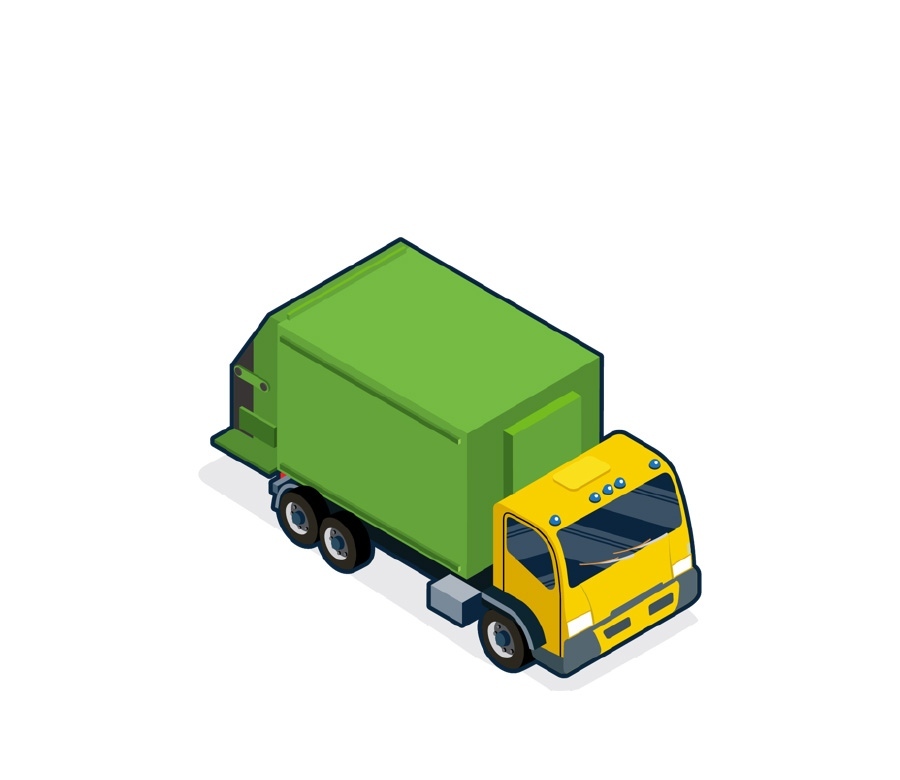
5.
Greenfiber diverts 277,000 tons of paper from landfills each year.
-
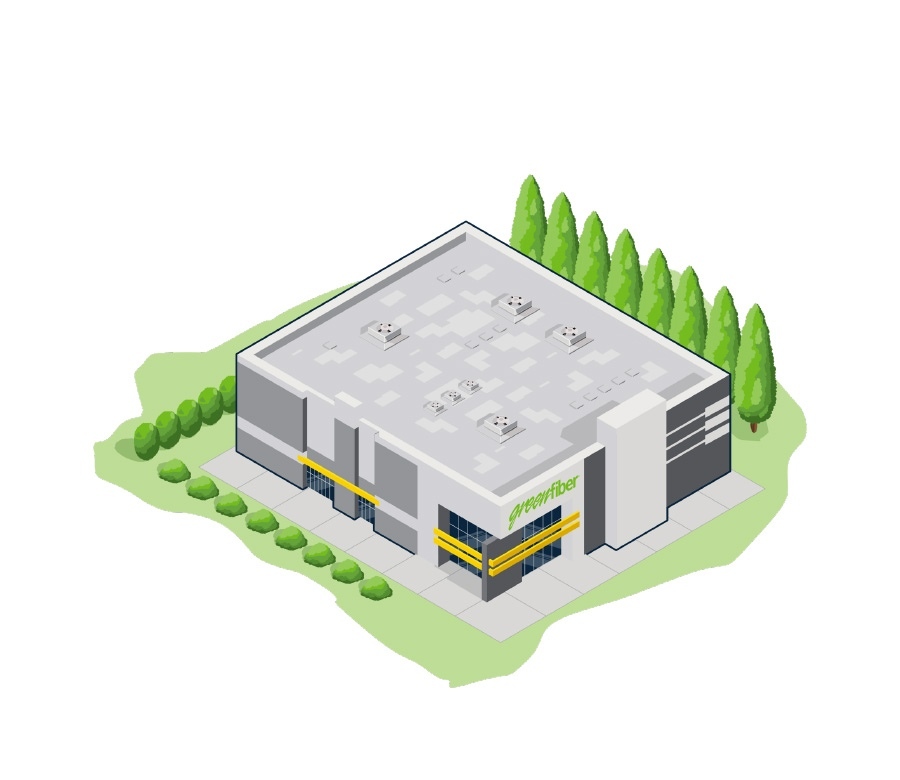
6.
Greenfiber insulation locks in carbon that is equivalent to 157,000 acres of forest.¹
-
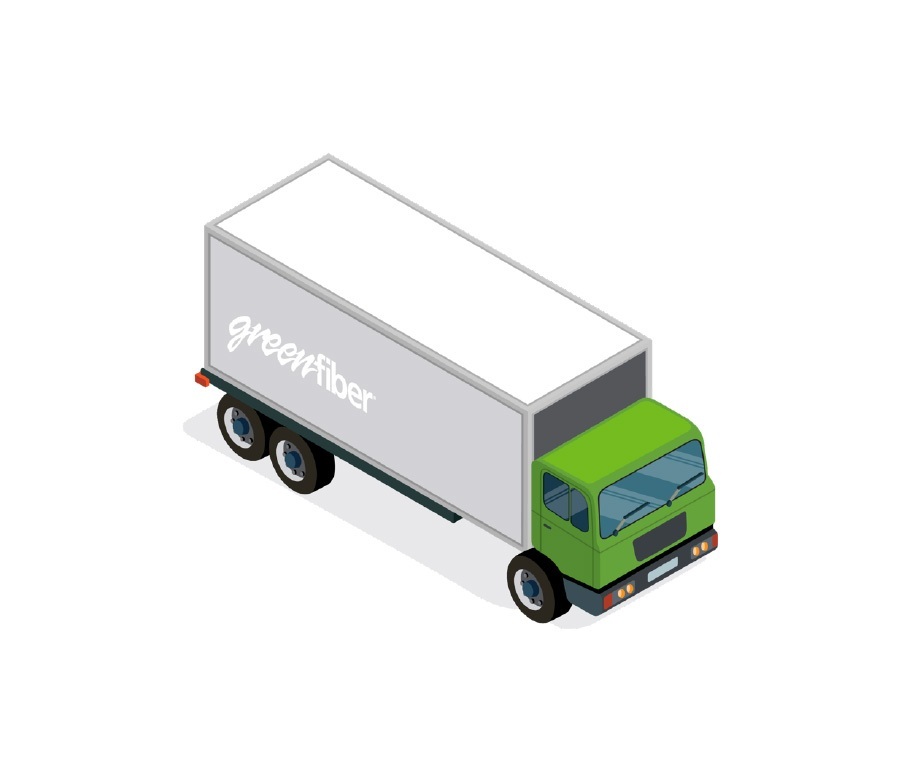
7.
Regional distribution reduces emissions from transportation.
-
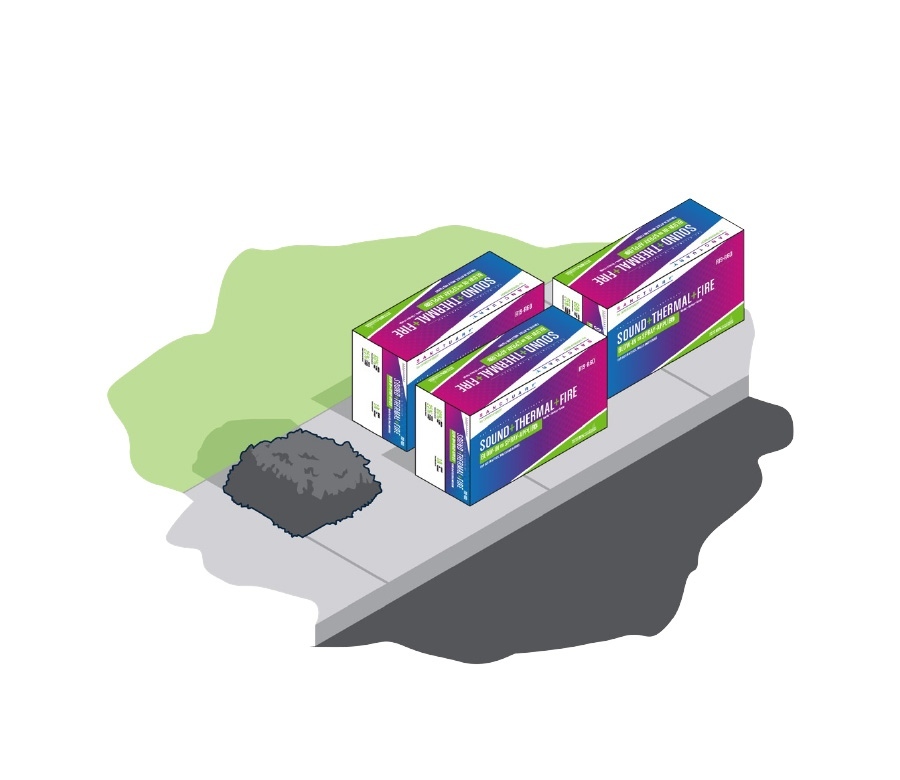
8.
Manufacturing with electric power uses 13 times less energy.²
-
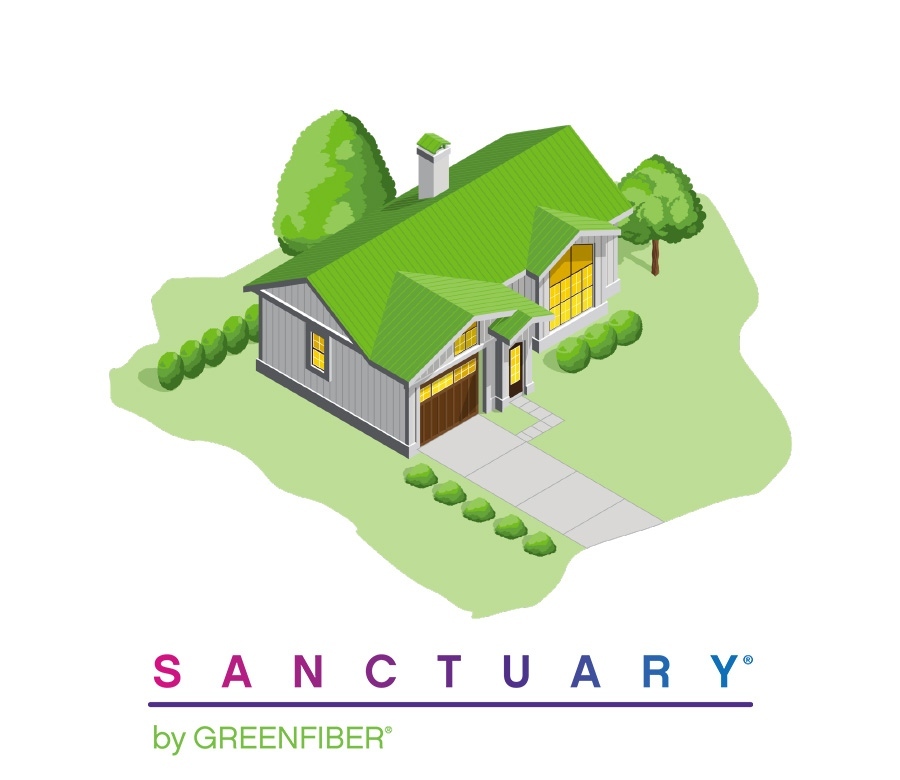
9.
A SANCTUARY home locks up 1.34 tons of carbon³ — that is equal to planting 3,600 trees.⁴
-
But We Can’t Do It Alone
Fighting climate change is a job that requires us all to work together. That’s why we’re inviting you to join us in our Carbon Capture Challenge. By using SANCTUARY to insulate underinsulated homes and new homes,⁶ we could remove 12.4 million tons of CO₂ from the air.
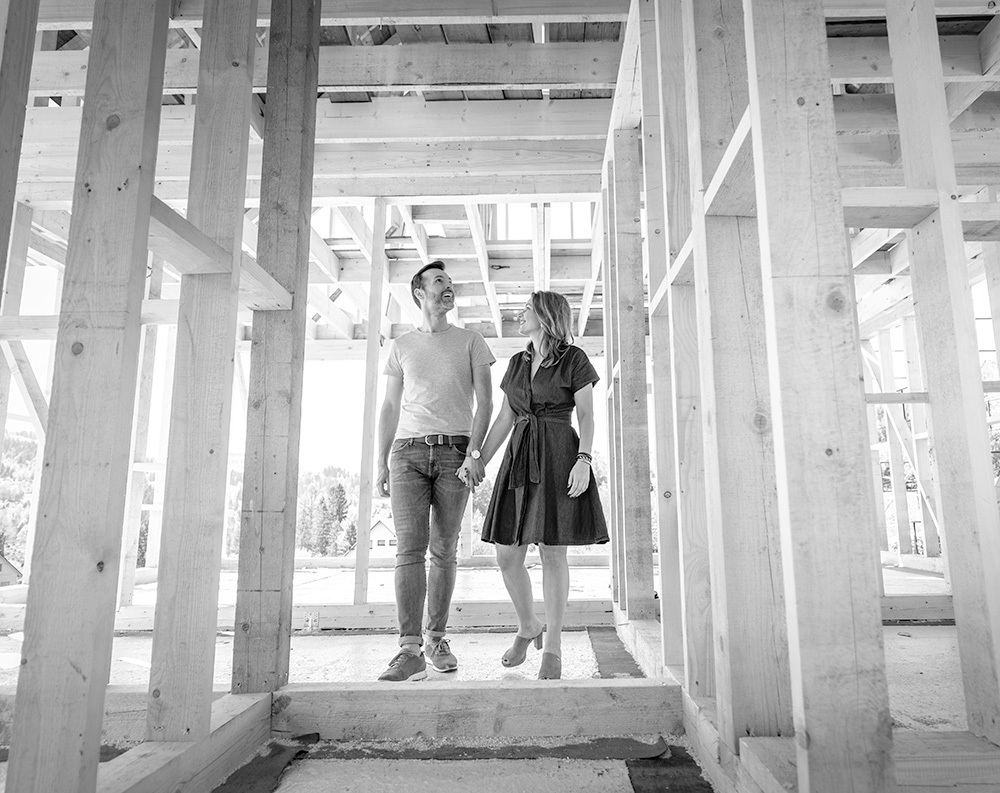
Join the Challenge
-
Explore the Advantages of a SANCTUARY Home
Healthy, sustainable homes are a consistent priority for today’s homebuyer. So the fact that SANCTUARY not only regulates temperature but also manages sound, increases privacy and creates a more comfortable environment is an incredible value-add to any home.

¹Based on the CIMA/CIMAC LCA for manufacturing and the WWF Biogenic Carbon Footprint Calculator for Harvested Wood Products. Tree sequestration statistics are based on the EPA Greenhouse Gas Equivalencies Calculator, https://www.epa.gov/energy/greenhouse-gas-equivalencies-calculator.
²This comparison is based on an R-30 value for a one-square-foot coverage area and includes the production and energy used in the insulation manufacturing process. (Taken from the Sustainability Impact Index, prepared by Principal Partners).
³Based on installing 235 bags of SANCTUARY in the attic and walls of home.
⁴Greenhouse Gas Equivalencies Calculator (1.5 acres; based on planting trees 5 feet apart, equaling 2,400 trees per acre).
⁵Carbon emissions results are in metric tons of CO2e. Calculations are based on the Greenfiber-specific EPD. Carbon storage is based on the GWP-bio, or BCRP if included in the EPD, otherwise BfCA methodology was applied. The greenhouse equivalencies are based on the EPA Greenhouse Gas Equivalencies Calcutor, using May 2025 data.
⁶Carbon capture goal is based on insulating all underinsulated attics in the U.S. with 65 bags of SANCTUARY (32,875 homes built before 1965) and installing SANCTUARY in the attics at R-38 and exterior walls at R-13 of new home builds in 2022 (13,107,000 new home starts).

